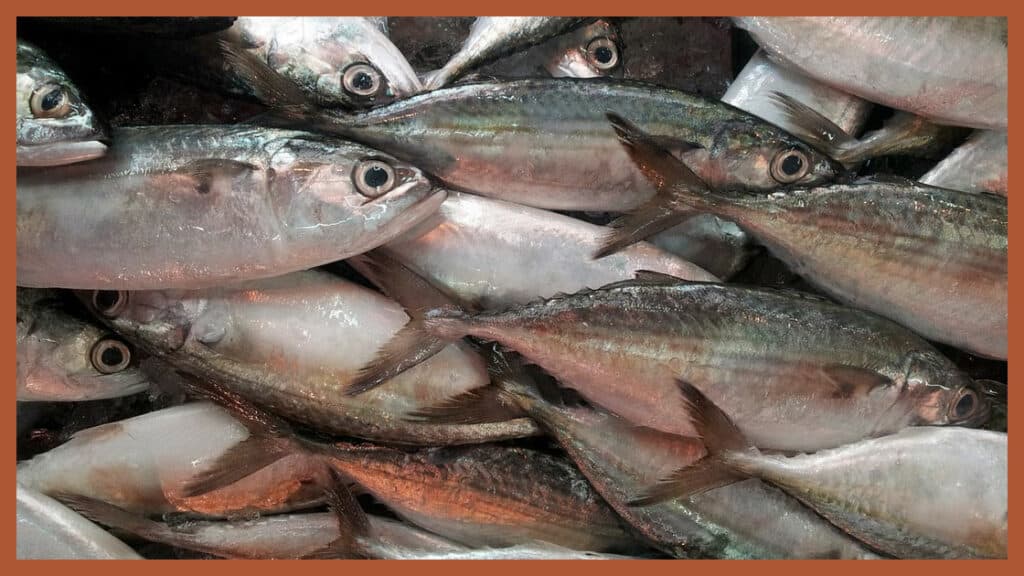Last week, I presented to the Food Fraud Network of Norway. My key points were the continuing and constantly evolving supply chain disruptions… but also that current food fraud vulnerability assessments and prevention strategies are flexible enough to still apply.
The Food Fraud Network of Norway is a coordinated activity that monitors emerging incidents and increases communication and the sharing of best practices. I’ve presented many times to this group, including at one in-person event back in 2018.
Presentation: Food Fraud Prevention Priority Setting to Reduce the Overall Fraud Opportunity
I present several times a year to this group, and our relationship was built after interacting on the Food Fraud Joint Nordic Assessment Report (see the next section). It is a foundation of information-gathering to regularly participate in discussions about front-line experiences. Also, this group has provided fantastic feedback on our content and projects. I had several key messages:
- Future: Increased focus on Supply Chain Disruptions and related risks.
- Expanded corporate-level focus on reducing business and supply chain uncertainty, including food fraud and issues such as label claims.
- Enterprise Risk Management/ COSO into the front-line operations to help define (1) ‘how bad is the problem?’, (2) communicating the risk tolerance across the enterprise, and (3) helping define ‘how much is enough?’ for countermeasures or control systems.
- There is a need to quickly add new suppliers and sources.
- There is a need to quickly change recipes or manufacturing processes.
- There are new risks but the same vulnerabilities (the same type of incidents from fraudsters).
- The same basic food fraud prevention procedures apply to the strategy (the same root causes of vulnerabilities).
- Conclusion: It’s time to get more formal with policies and a holistic approach.
- Presentation PDF
Presentation: Food Fraud Suspicious Activity Report Tool (FFSAR)
I presented the Food Fraud Suspicious Activity Report Tool (FFSAR) when reviewing the call to action. It is helpful to use a standard operating procedure as a way to share best practices and help investigator efficiency. The FFSAR is a fill-in-the-blank survey to help with intelligence gathering. Even if some of the questions are left blank, it is a data point that the specific information is not known.
Food Fraud Joint Nordic Assessment Report
The Norwegian Food Fraud Network has built upon the Food Fraud Joint Nordic Assessment Report from 2022 (see my previous blog post ). “Beyond creating the common processes, this activity went beyond just ‘getting to know each other’ and led to building action-oriented working relationships.” These ongoing network meetings are crucial to continuing the projects and protecting the manufactured and imported products.
Takeaway Points
- It is encouraging to see countries continuing to work together to share best practices and to collectively reduce the fraud opportunity.
- While the marketplace incidents are new and from varied sources of supply chain disruptions, fortunately, the same food fraud vulnerability assessments and prevention strategies are flexible enough to apply.
- The world continues to increase in uncertainty and fraud vulnerabilities, and it is helpful to use a standard operating procedure for the collection and analysis of the criminal intelligence information (e.g., using the Food Fraud Suspicious Activity Report tool – FFSAR).
Reference:
REVIEW – Food Fraud Joint Nordic Assessment Report and Workshops, Blog Post by John W. Spink, PhD, March 28, 2023, https://blog.foodfraudpreventionthinktank.com/review-food-fraud-joint-nordic-assessment-report-and-workshops/

